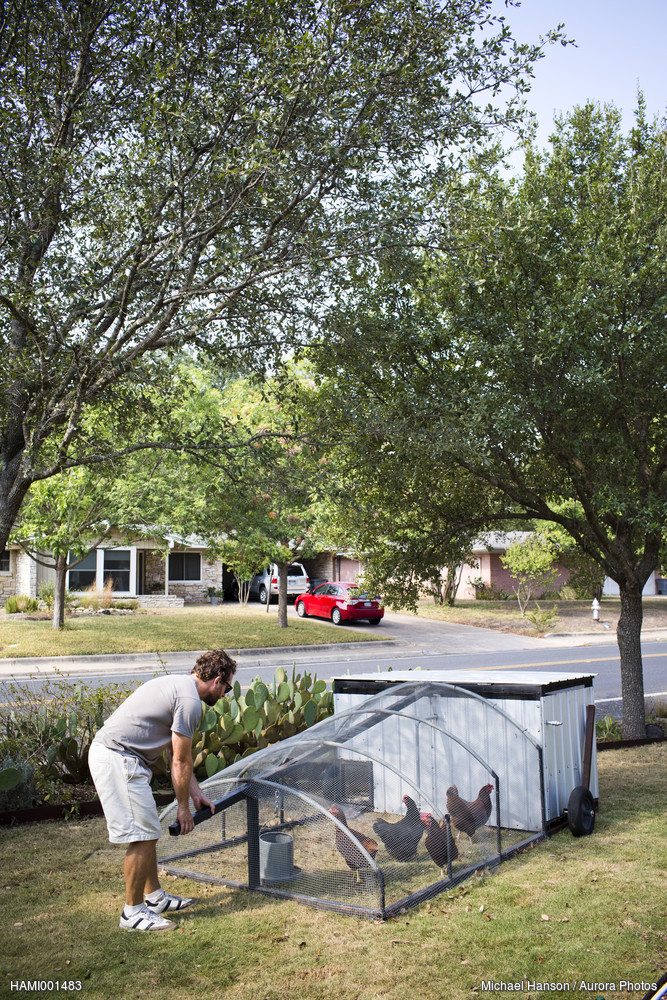Locally sourcing food is a growing trend
By Erin Shelton

Climate change is a very real problem that is exacerbated by greenhouse gas emissions. Some of the consequences of this issue, which are already occurring or will be, include increased: extreme weather events and the damages associated with them, heat-related deaths, food and water shortages, forced migration, and spreading of insect- and water-borne diseases.1
According to the United Nations Food and Agriculture Organization (FAO), agriculture contributes to thirty percent of global, man-made greenhouse gas emissions.2 This includes half of methane and more than half of nitrous oxide emissions. Emissions are produced from every stage of the food process, from converting land for agricultural use to retail. Within the United States’ food system, transportation accounts for fifteen percent of greenhouse gas emissions, while food packaging and processing accounts for twenty-five percent.3 An average meal will travel approximately 750 miles from farm to plate.4 The purchase of local foods results in decreased transportation emissions (i.e., carbon dioxide) and fresher products, since they usually need less processing and refrigeration. Therefore, local foods have less of a carbon footprint and greater nutrition.5 The lessened need for processing and refrigeration also reduces energy consumption for those processes and their associated emissions. Specifically, whole foods (e.g., whole grains and raw produce) are easier on the atmosphere.3 When you buy from your local farmer’s market, you can ask the farmer directly about how the food was grown. Local food can also cut down on packaging, especially if you buy from your farmer’s market. Single-use packaging is an issue across industries and requires energy to manufacture. When buying local food from a market, you can use your own reusable packaging – lowering your carbon footprint and contribution to the landfill. Furthermore, placing emphasis on eating seasonal food can positively impact climate change.2 It does not need to be imported, which reduces demand for non-local food. It is also, overall, more energy efficient in its production and can be frozen or canned for the winter months.3
An alternative to local farmers’ markets is to grow your food at home. This allows you to have autonomy over your own food production (e.g., eliminating chemical use) and exponentially shortens the length of travel from farm to table.4 When considering all options, growing your own food is the least energy-intensive and produces the least amount of carbon.3 Climate change is an overwhelming issue, but it must be kept in mind that greenhouse gas emissions are a result of activities powered by consumer demand. If more consumers were to choose environmentally-friendly options, like buying food locally or growing your own, agriculture’s carbon footprint would start to noticeably improve.
1. Food and Climate Change. Foodsystemprimer.org.
2. Food and climate change. Sustainweb.org.
3. How to Fight Climate Change with Your Fork. Slowfoodusa.org. October 31, 2017.
4. Food and climate change. Davidsuzuki.org.
5. Walton, J. Organic, Regenerative, Local: Food that Fights Climate Change. Greenamerica.org.




